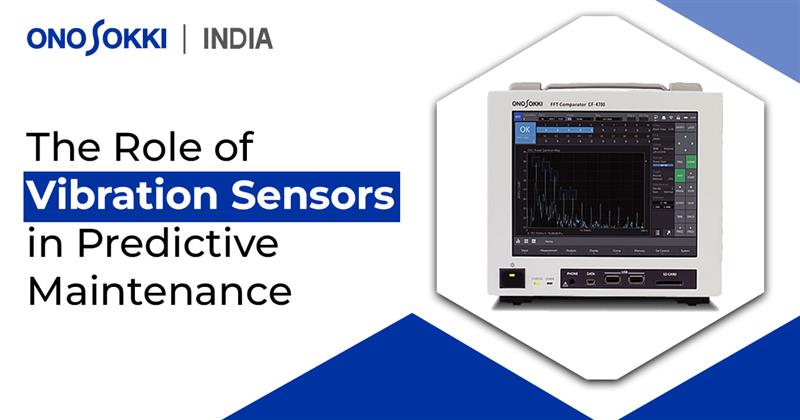



Picture this. A key machine in your production line suddenly stops working. Operations halt. Money is lost. Deadlines are missed. This is exactly the kind of situation predictive maintenance is designed to prevent. And one of the smartest tools behind this approach is the vibration sensor.
These small but powerful devices are changing how industries keep equipment running smoothly. Let’s break down how they work and why they matter.
Think of predictive maintenance like a health check-up for machines. Instead of waiting for a breakdown, you monitor the machine regularly. If anything seems off, you catch it early and fix it before a bigger problem develops.
This is where predictive maintenance tools come in. One of the most effective ones is the vibration sensor.
Every machine vibrates when it’s running. That’s normal. But when those vibrations change, They get louder, faster, or uneven. It’s often a warning sign. Something inside might be wearing out or breaking down.
Vibration sensors pick up on these small changes. They help maintenance teams understand what’s going wrong before it actually causes downtime.
Here are a few common problems vibration sensors help catch early:
These issues, if left unchecked, can lead to breakdowns that are both expensive and dangerous. Catching them early can make a big difference.
Not all vibration sensors are the same. Here are the most commonly used types in industrial sensor solutions:
Choosing the right sensor depends on the machine and what you want to monitor.
Setting up a vibration monitoring system is pretty straightforward:
Some modern systems are even wireless and cloud-connected, so you can access the data from anywhere.
Using vibration sensors as part of a predictive maintenance plan brings a lot of real-world benefits:
Like any tool, vibration monitoring systems come with a few challenges:
Still, most companies find that the long-term savings and improved reliability are worth it.
The technology behind vibration sensors is evolving quickly. Here’s what’s coming:
These innovations will make industrial sensor solutions even more valuable in the years ahead.
Vibration sensors are more than just gadgets. They’re reliable, proven tools that help companies stay ahead of equipment failures. Combined with smart predictive maintenance tools, they keep operations smooth, safe, and cost-efficient.
If you’re looking to reduce downtime and increase control over your maintenance strategy, vibration sensors are a smart investment.